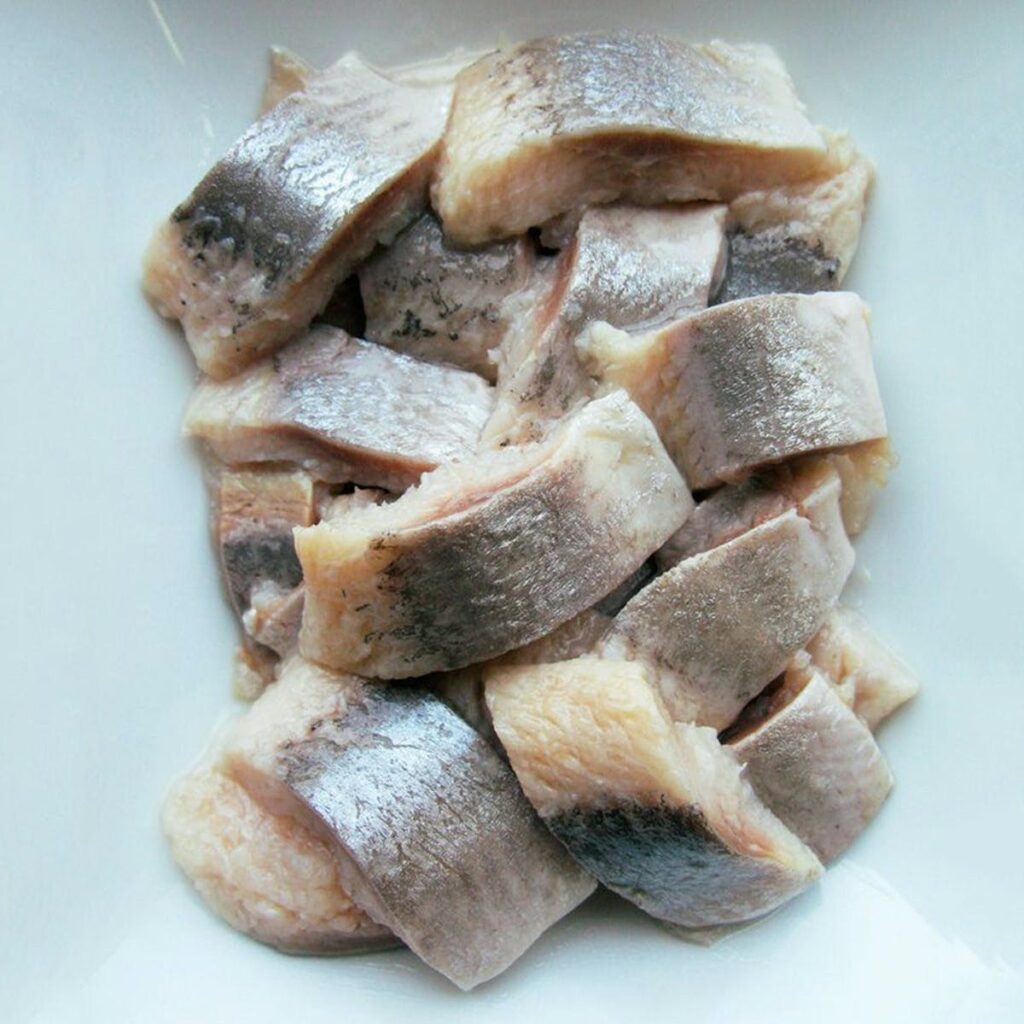Despite its reputation for being salty, Herring is actually an excellent source of protein. It can be enjoyed as a main course, appetizer or snack, and can be served with boiled eggs, hard cheese, dill flavoured new potatoes or Swedish crispbread.
It is also commonly eaten in a sweet and sour sauce. This dish is often referred to as Tomatsill, and can be served alongside a salad or new potatoes.
Overview of Herring as a Food Source
Herring is an oily fish that’s commonly preserved (pickled, salted or smoked) but can also be eaten raw. It’s high in protein (nearly 20g per 3 ounce serving) and is full of Omega-3 fatty acids, which are healthy for the heart.
Nutritionists recommend eating more omega-3-rich foods like herring to lower your triglyceride levels and reduce your risk of heart disease. These fish also contain large amounts of vitamin D, selenium and other nutrients that can protect your health.
Herring is also a good source of vitamin B12. This important nutrient supports many functions in the body, including proper brain function and nerve cell maintenance. It’s especially important for older adults, who are at a greater risk of deficiency.
Culinary Uses and Traditional Dishes
Herring has been a staple in European cuisines for centuries. It can be eaten raw, fermented or cured (pickled) in various ways.
A popular German appetizer is rollmops, which are cured herring fillets preserved in vinegar and flavoured with onions and spices. Another traditional dish is kippers, which are split and smoked herrings.
Pickled herring is also a traditional Christmas dish in Russia, Poland and Scandinavia. It is often served with boiled eggs, potatoes, salad and a sauce.
Availability and Market Trends
Herring is a common fish product that can be eaten directly or in several food preparations. It is also an affordable, high-quality source of omega-three fatty acids.
In Europe, herring is available in prepared and preserved forms. The primary markets in this region are the Netherlands, Denmark, Sweden, and Germany.
Preserved herrings are sold in vacuum bags that contain brine based on seawater. This process helps increase the shelf life of herring.
Health Benefits and Concerns
Herring is a great source of omega-3 fatty acids, which are essential for healthy heart and brain function. It is also rich in vitamin D, which can help protect against serious health conditions.
It is also low in calories and a good source of protein. It is an excellent source of vitamin B12 and phosphorus.
It is considered one of the healthiest types of fish to eat and can be prepared in many ways. However, it can be a food allergen, so it is best to consult with your doctor before eating herring.
Sustainability Issues
Herring is a highly valuable fish and has been an important source of food for people worldwide for thousands of years. It’s a common ingredient in many traditional dishes, and is also a popular fish for commercial fishermen.
Herring is a migratory species that travels offshore to feed during the summer and then returns to coastal waters during the fall and winter to prepare for spawning in the spring. These migratory runs can be a significant economic resource for coastal communities.
Herring is a forage fish, and like all forage fish populations, it frequently experiences episodic collapses and recovery periods. The magnitudes of extreme interannual fluctuations in herring are larger than those in non-forage fish stocks.

